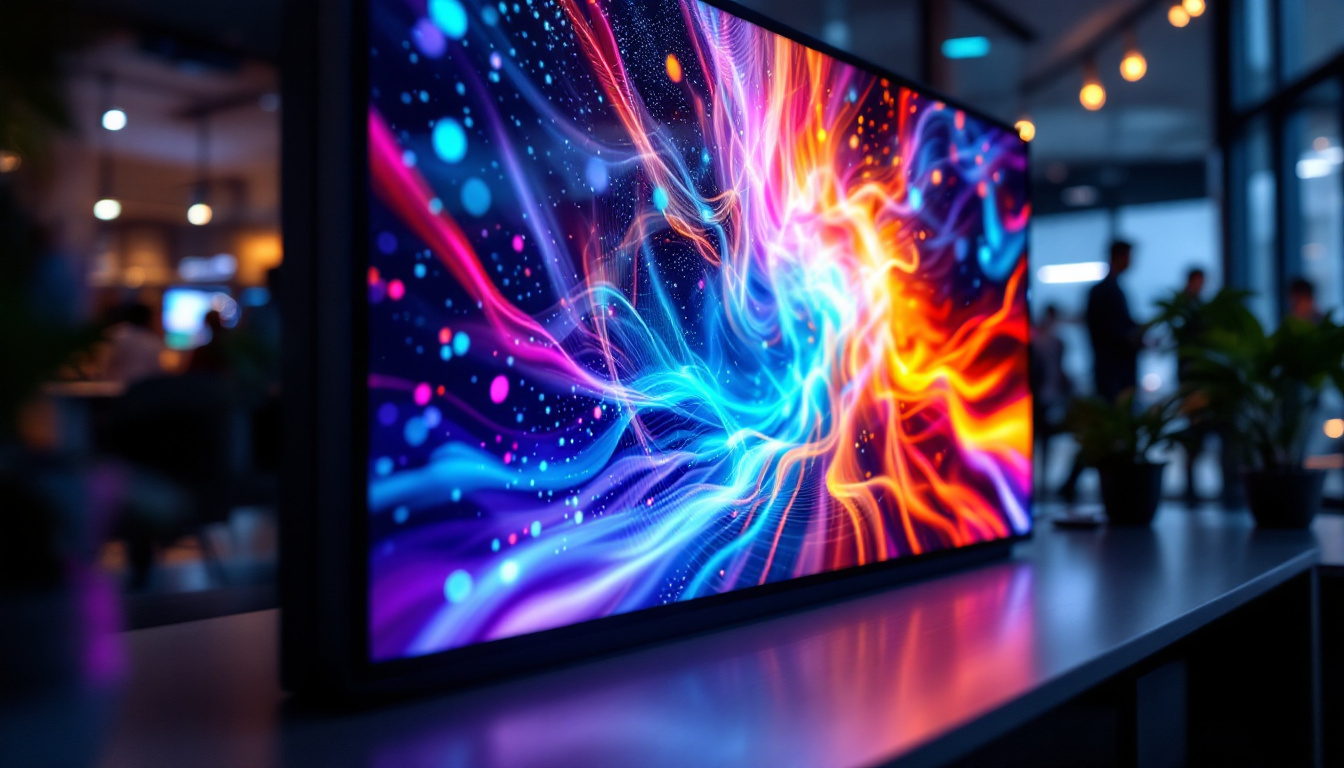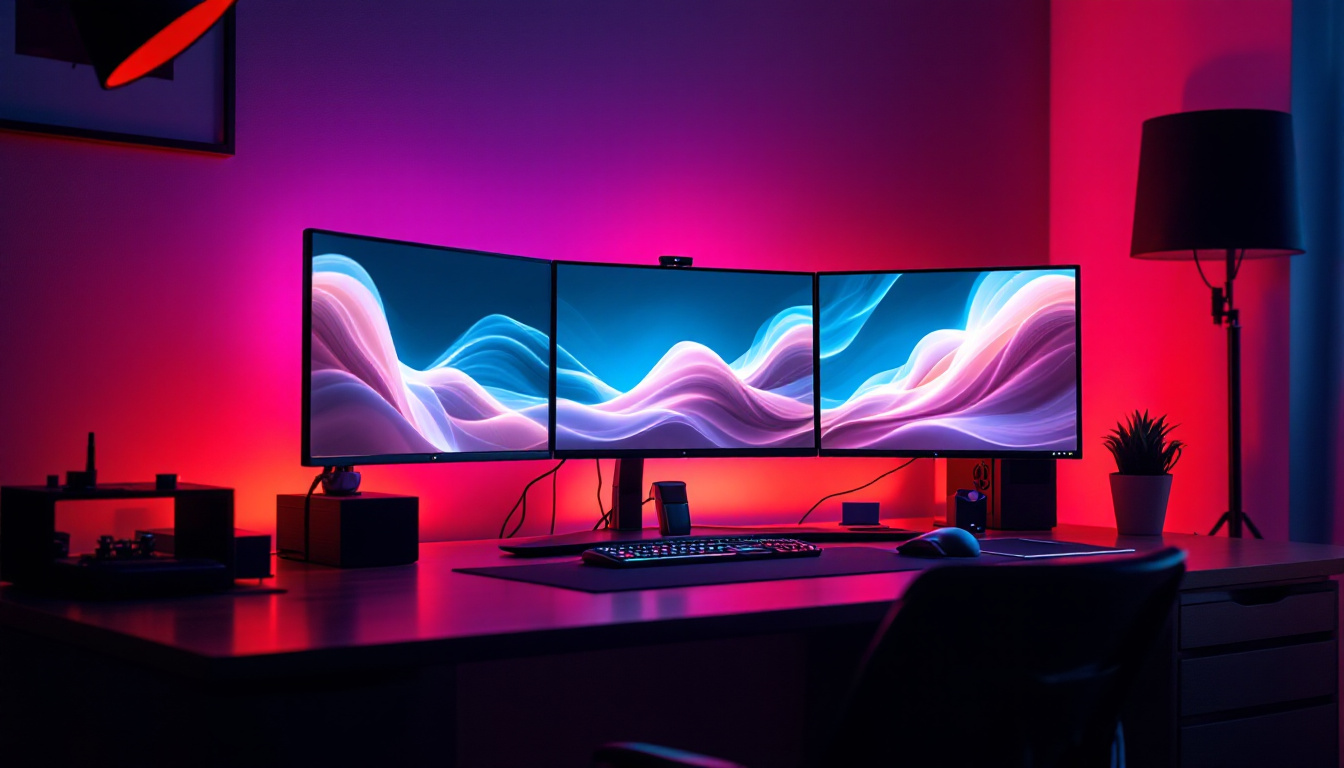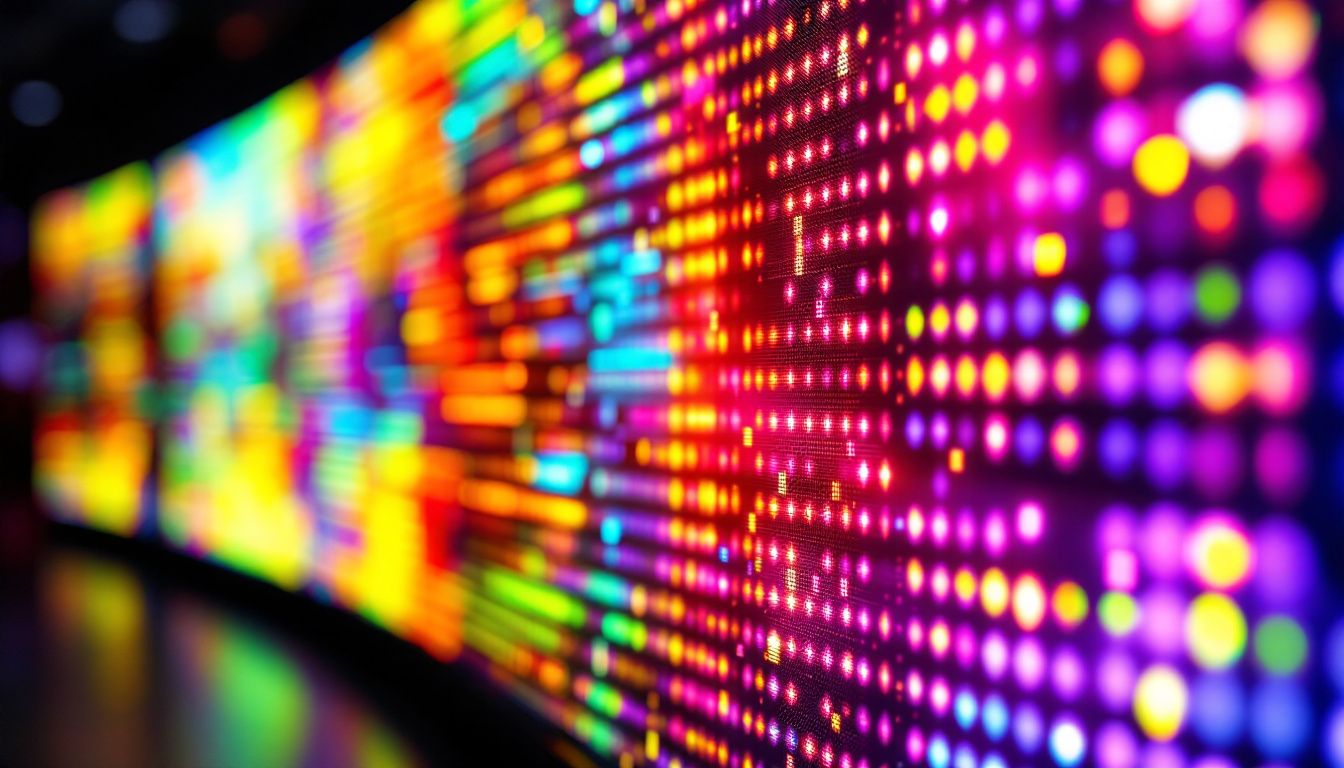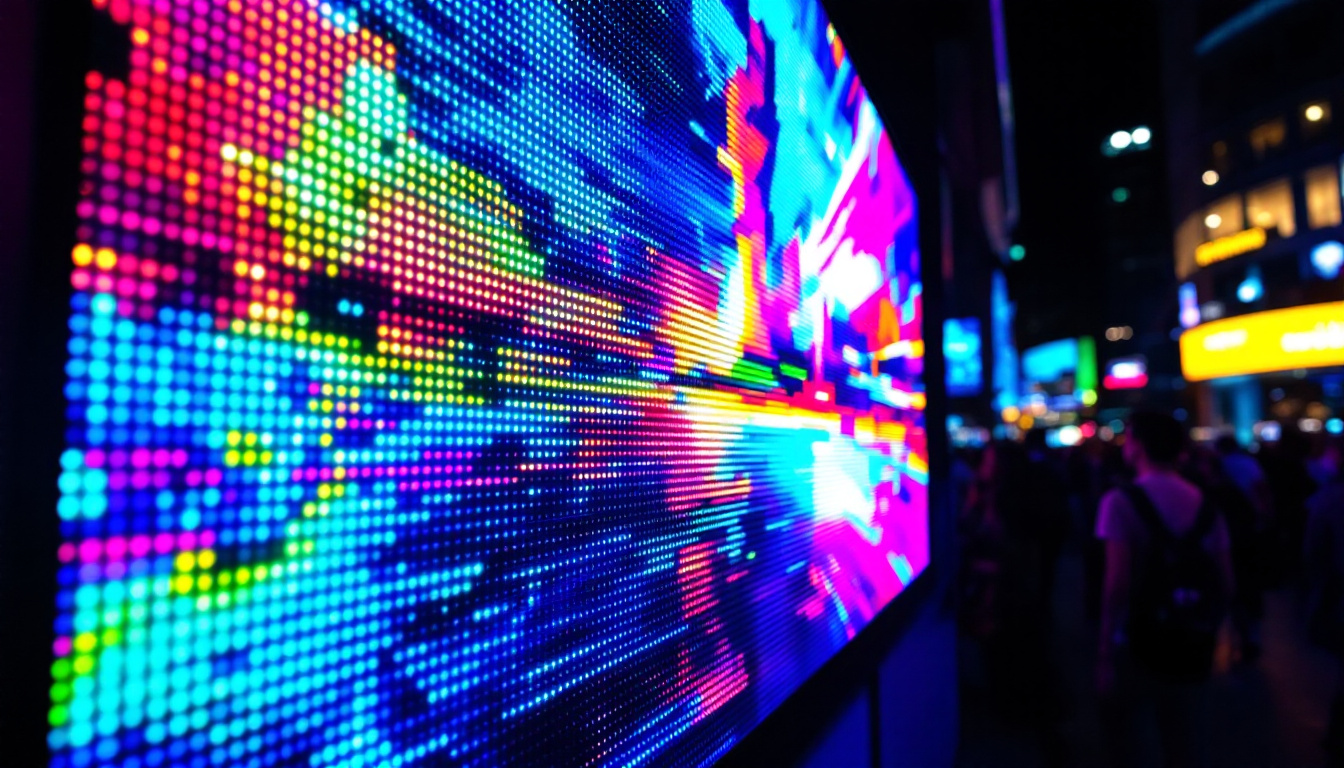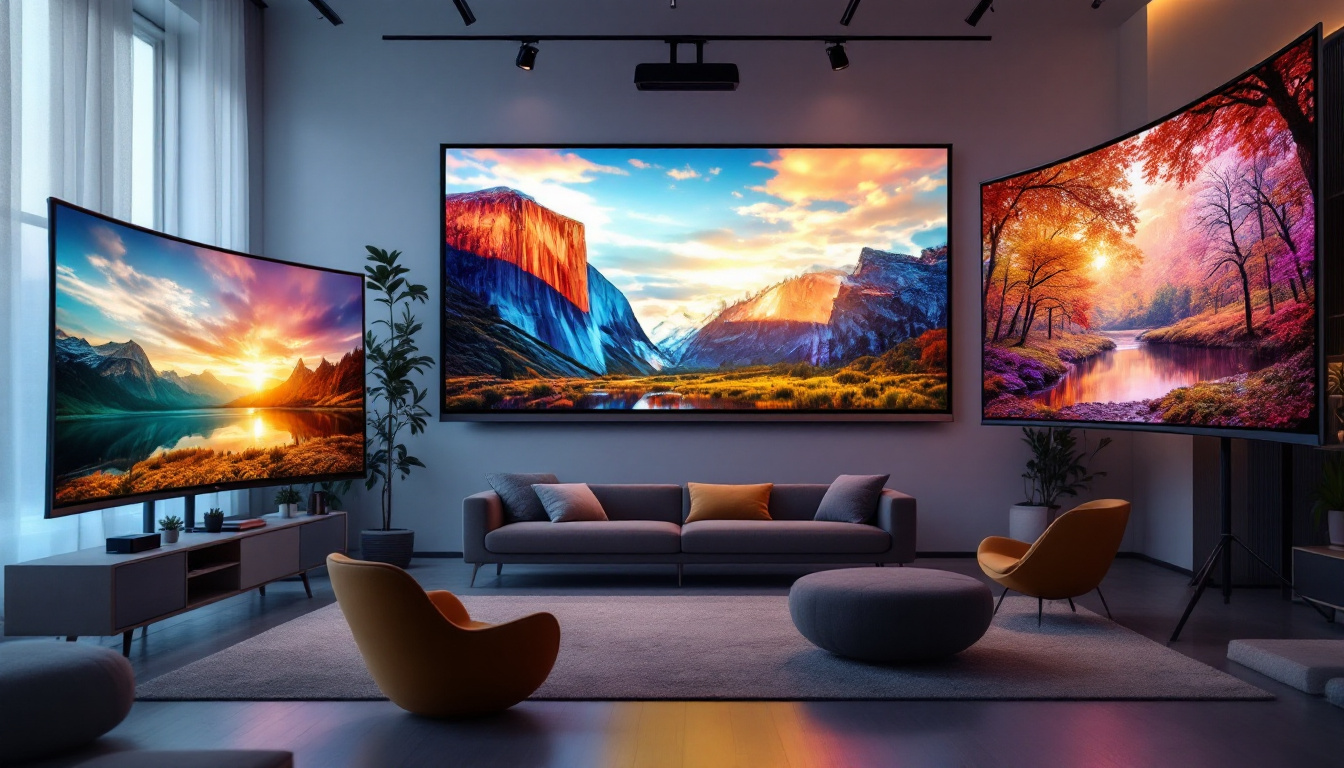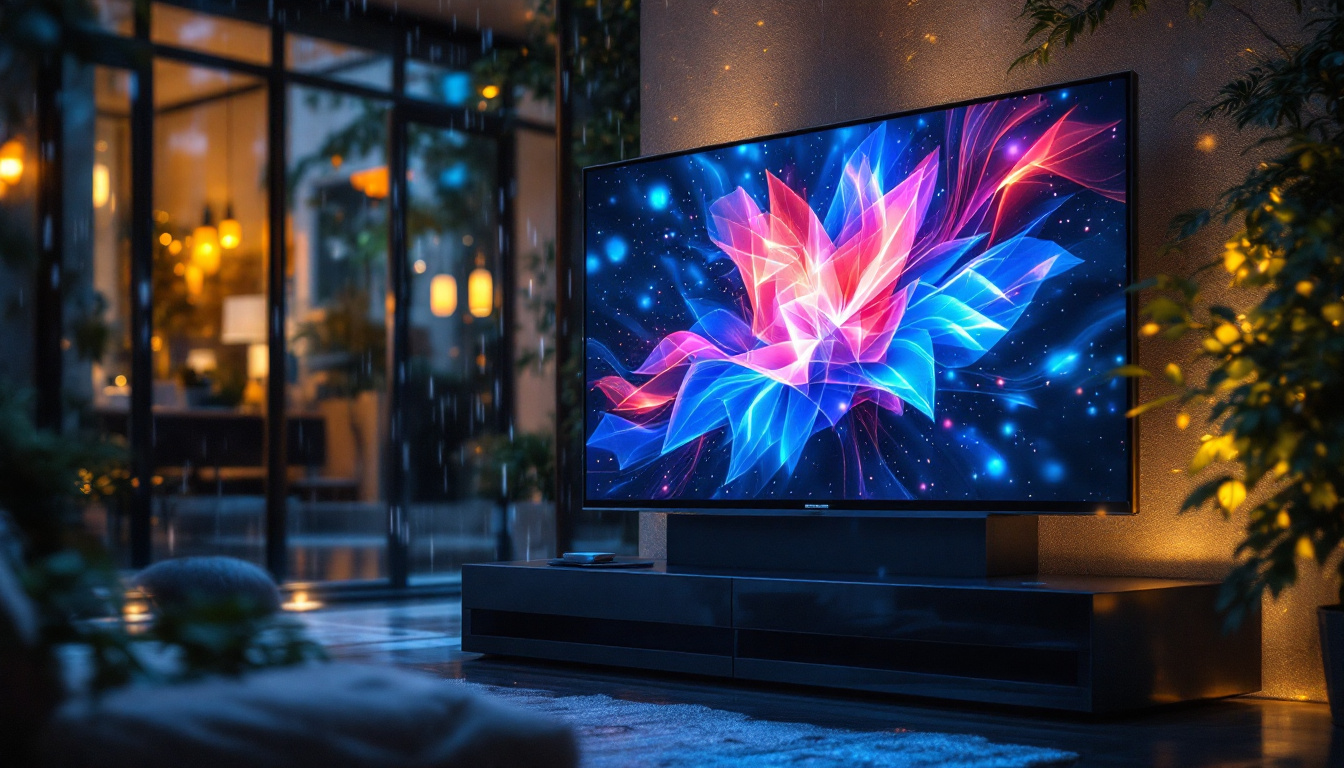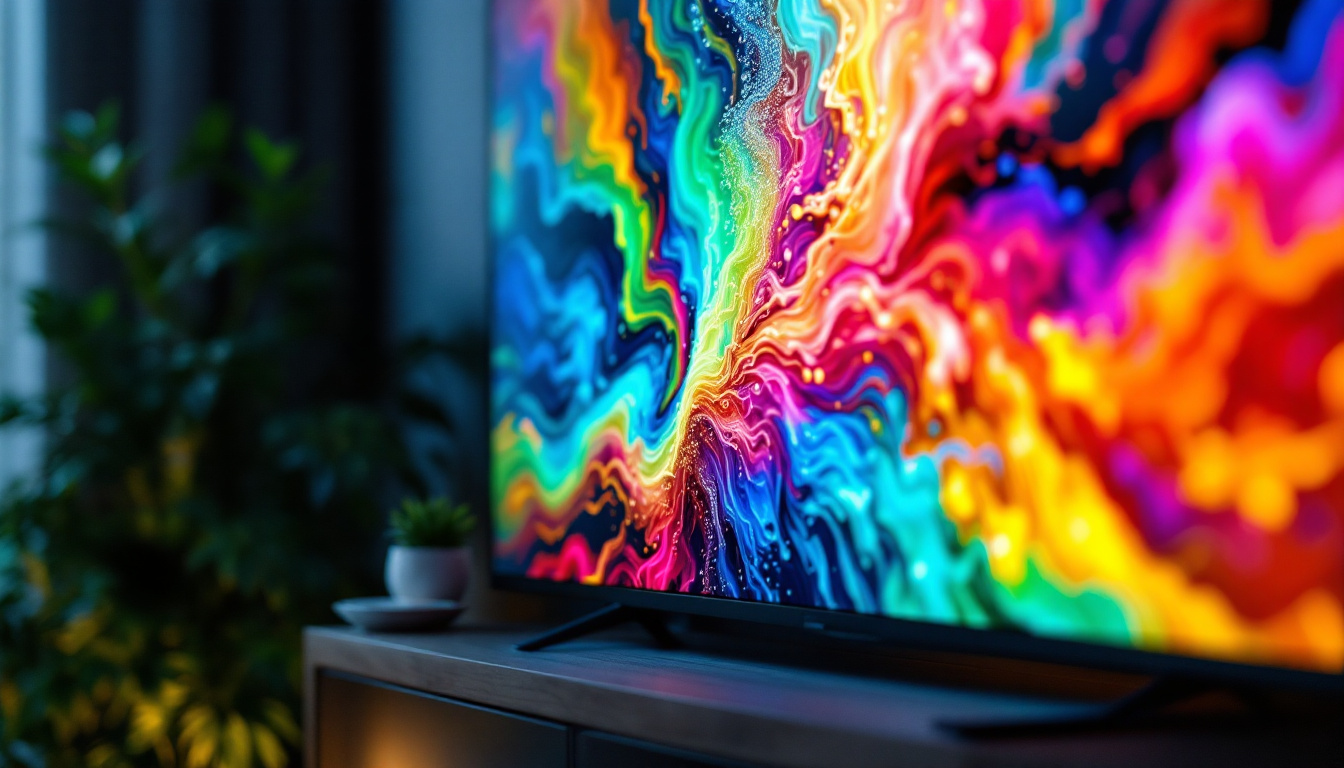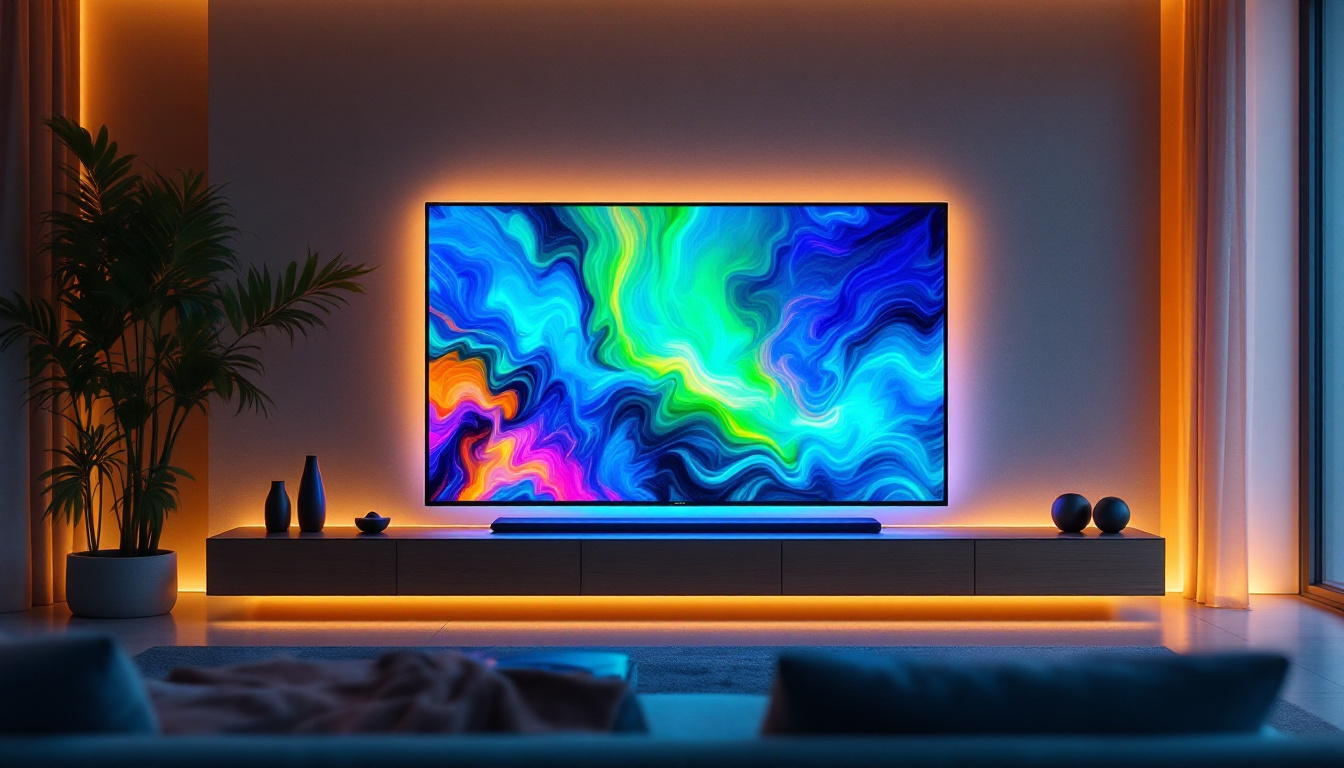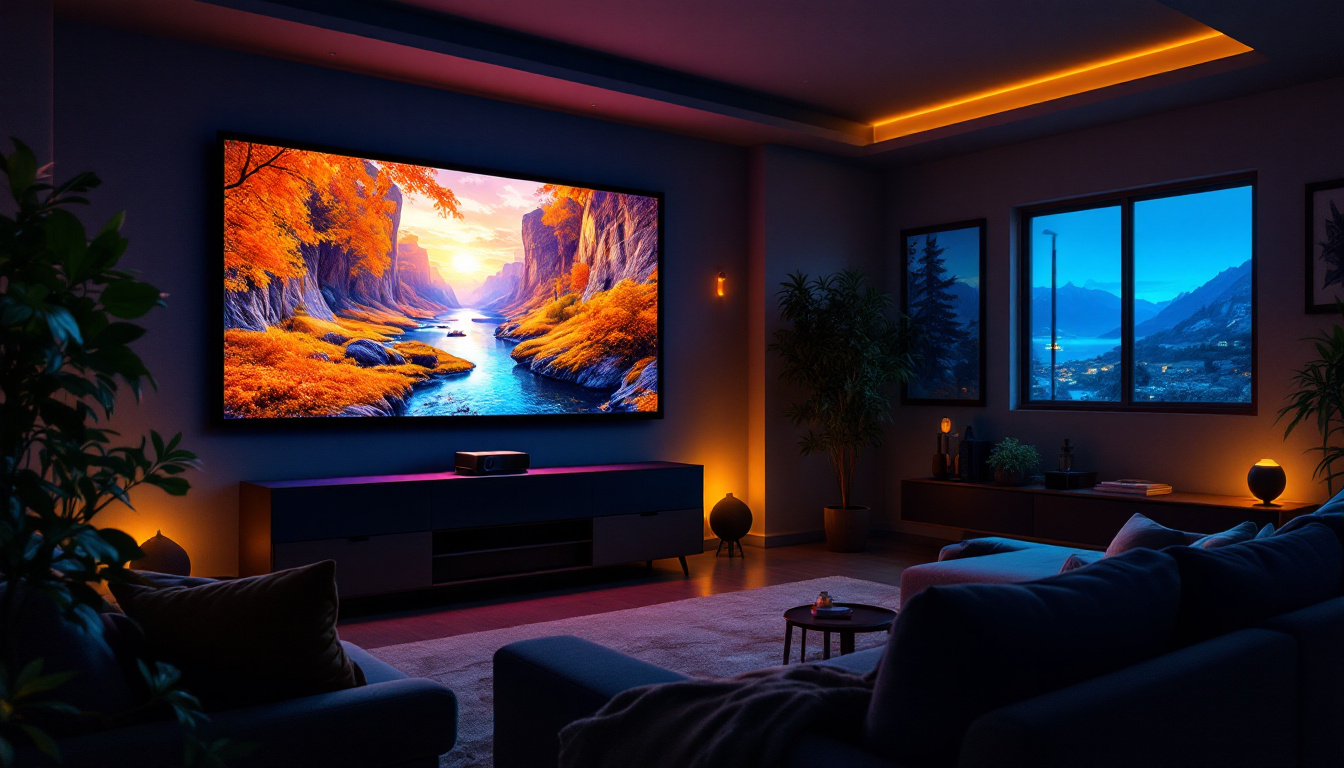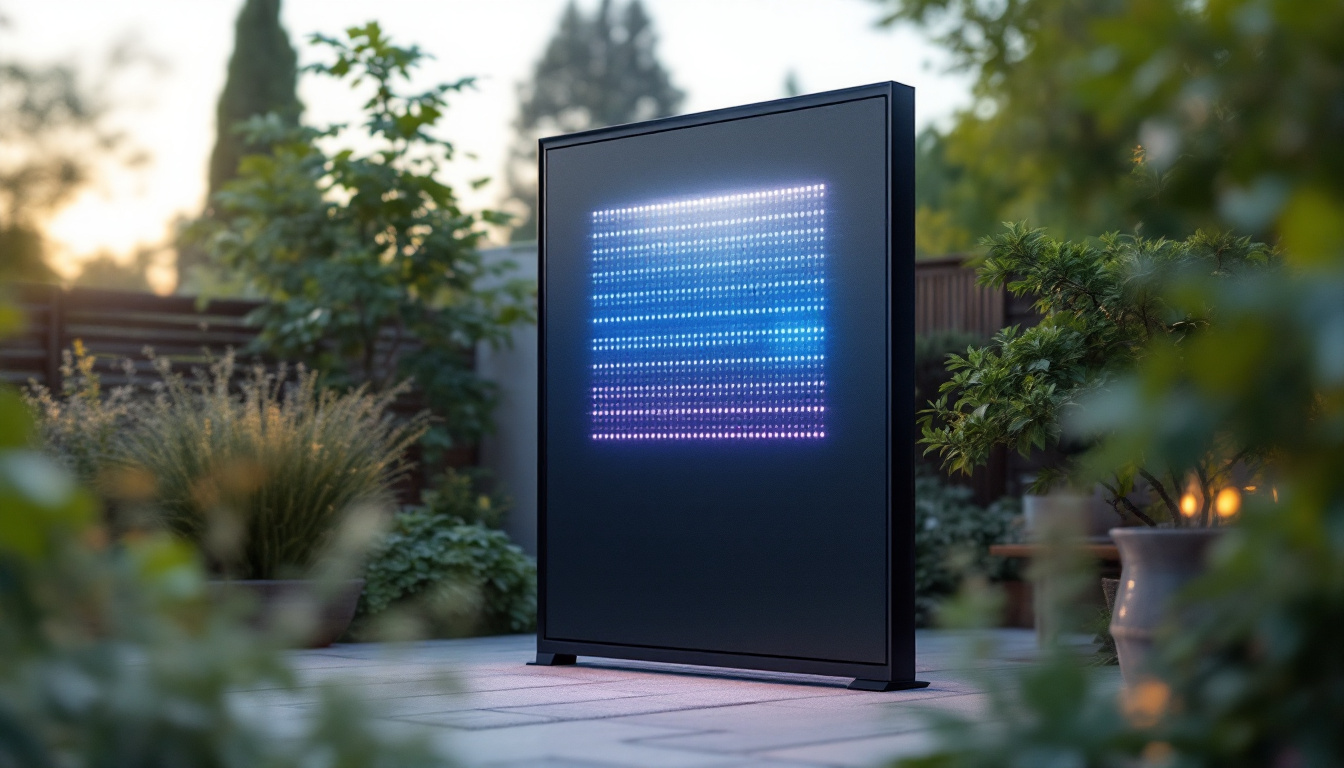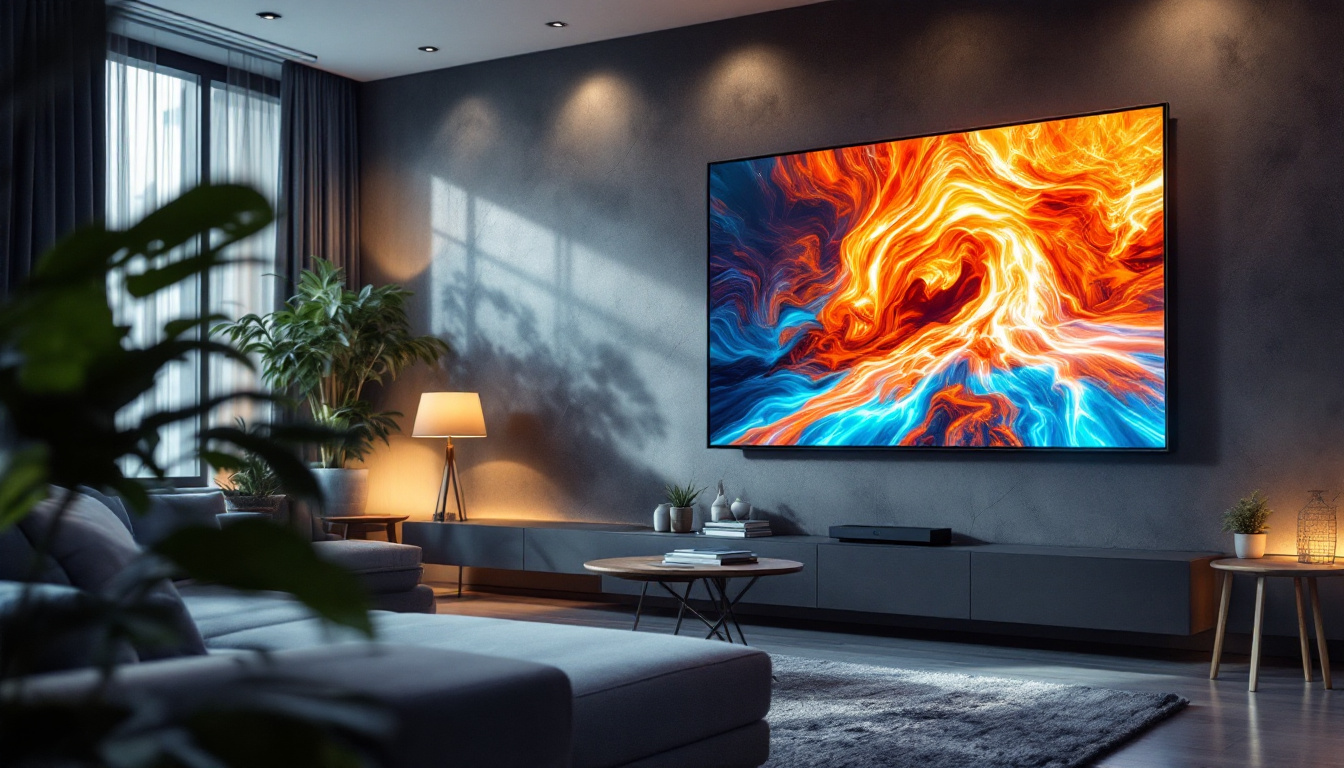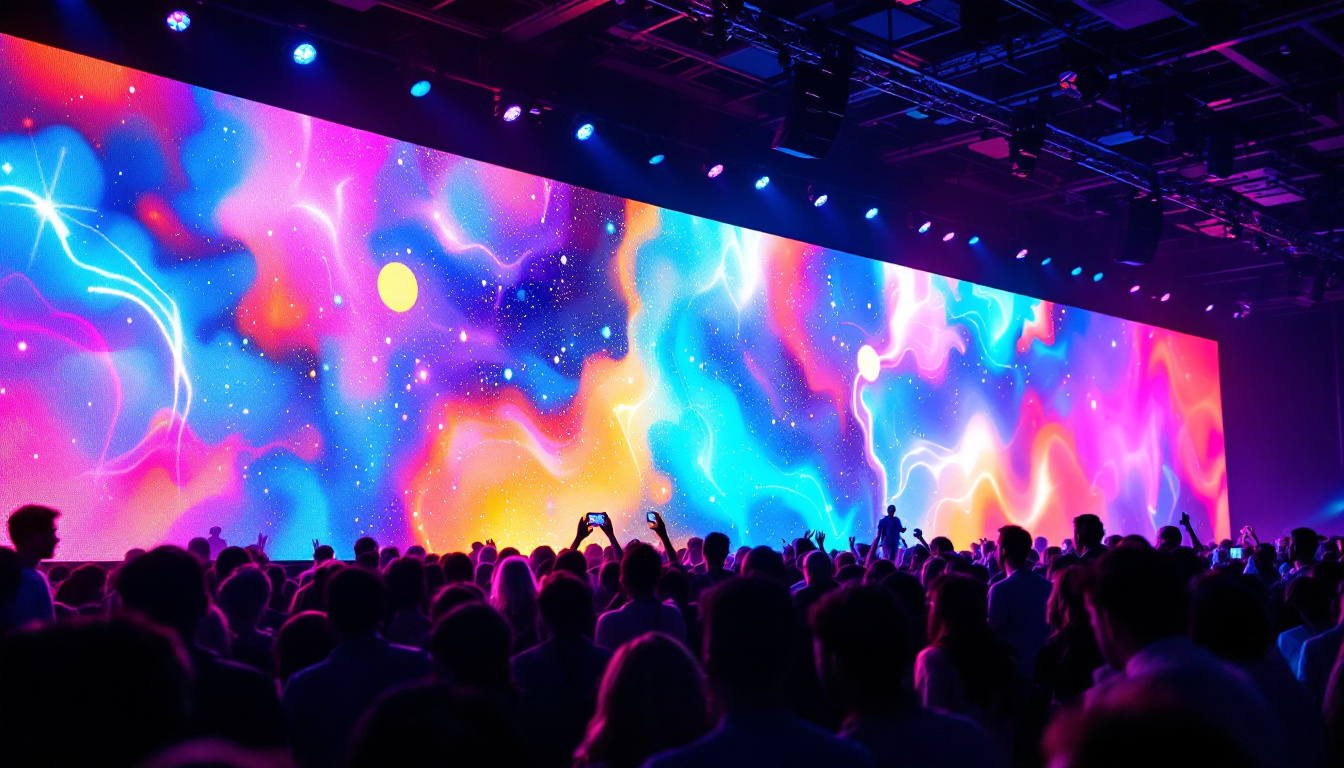In recent years, television technology has evolved dramatically, with LED displays becoming one of the most popular choices among consumers. Understanding how LED displays work and their advantages over other types of screens can help buyers make informed decisions. This article delves into the intricacies of LED displays, their types, benefits, and key features.
What is an LED Display?
LED stands for Light Emitting Diode, a technology that utilizes semiconductor devices to emit light when an electric current passes through them. In the context of television screens, LED displays are essentially LCD (Liquid Crystal Display) screens that use LEDs for backlighting. This method of illumination allows for brighter images, better contrast, and improved energy efficiency. The evolution of LED technology has led to a significant transformation in how we experience visual media, making it a preferred choice for both consumers and professionals alike.
How LED Displays Work
LED displays operate by using a matrix of tiny light-emitting diodes to create images. The display is composed of millions of pixels, each of which can be turned on or off independently. When a pixel is activated, the LED emits light, contributing to the overall image displayed on the screen. The combination of these pixels creates the vibrant colors and sharp details that viewers enjoy. This pixel-level control not only enhances the visual experience but also allows for dynamic content, such as video games and movies, to be rendered with stunning realism.
Unlike traditional LCDs that use fluorescent backlighting, LED displays provide a more uniform light source. This results in deeper blacks and brighter whites, enhancing the viewing experience. The technology has advanced to include various configurations, allowing for even greater flexibility in design and functionality. For instance, modern LED displays can adapt to different lighting conditions, automatically adjusting brightness levels to ensure optimal viewing, whether in a dimly lit room or a brightly sunlit environment.
Types of LED Displays
There are primarily three types of LED displays: Edge-Lit LED, Full-Array LED, and OLED. Each type has its unique characteristics and advantages. Understanding these differences can help consumers make informed decisions based on their specific needs and preferences.
- Edge-Lit LED: In this configuration, LEDs are placed along the edges of the screen. The light is then distributed across the display using a light guide panel. This design allows for thinner screens but may result in less uniform brightness and contrast. Edge-lit displays are often more affordable and are popular in budget-friendly models, making them accessible to a wider audience.
- Full-Array LED: This type features a grid of LEDs placed directly behind the LCD panel. Full-array displays offer better local dimming capabilities, leading to improved contrast and color accuracy. They are particularly favored for high-end televisions and professional monitors, where picture quality is paramount. The enhanced local dimming allows for a more cinematic experience, making them ideal for movie enthusiasts.
- OLED: While technically not an LED display, OLED (Organic Light Emitting Diode) technology is often grouped with LED displays due to its similar benefits. Each pixel in an OLED screen emits its light, allowing for true blacks and vibrant colors. This technology has gained popularity among high-end users, as it offers unparalleled viewing angles and color reproduction, making it a top choice for creative professionals and gamers seeking the best visual performance.
Advantages of LED Displays
LED displays have gained popularity for several reasons, including their energy efficiency, superior picture quality, and versatility. Understanding these advantages can help consumers appreciate why LED technology has become the standard in modern televisions.
Energy Efficiency
One of the standout features of LED displays is their energy efficiency. Compared to traditional CRT (Cathode Ray Tube) and even older LCD technologies, LED screens consume significantly less power. This not only translates to lower electricity bills but also contributes to a reduced carbon footprint, making LED displays a more environmentally friendly choice. Furthermore, many LED displays come equipped with advanced energy-saving features, such as automatic brightness adjustment based on ambient light conditions, which further enhances their efficiency. As a result, consumers can enjoy their favorite shows and movies without worrying about excessive energy consumption.
Picture Quality
LED displays are known for their exceptional picture quality. With improved brightness levels and contrast ratios, viewers can enjoy a more immersive experience. The ability to produce a wider color gamut also means that images appear more vibrant and lifelike. This is particularly noticeable in high-definition content, where the detail and clarity can make a significant difference. Additionally, many modern LED displays incorporate technologies like HDR (High Dynamic Range), which enhances the contrast and color accuracy even further. This means that scenes with bright highlights and deep shadows are rendered with stunning realism, allowing viewers to appreciate the full spectrum of visual storytelling.
Versatility in Design
Another advantage of LED displays is their versatility in design. Manufacturers can create ultra-thin screens that are aesthetically pleasing and easy to mount. Additionally, LED technology allows for larger screen sizes without compromising picture quality, making it ideal for both home theaters and commercial displays. The flexibility in design extends to various formats, including curved screens and modular displays that can be customized to fit unique spaces. This adaptability makes LED displays suitable not only for residential use but also for advertising, events, and public installations, where eye-catching visuals are essential to capture attention and convey messages effectively.
Key Features to Consider
When selecting an LED display, several key features should be considered to ensure the best viewing experience. These features can significantly impact the overall performance and enjoyment of the television.
Resolution
Resolution refers to the number of pixels that make up the display. Common resolutions include Full HD (1920 x 1080), 4K (3840 x 2160), and 8K (7680 x 4320). Higher resolutions provide more detail and clarity, making them ideal for larger screens. For most consumers, 4K resolution is becoming the standard, offering an excellent balance between quality and availability of content.
Refresh Rate
The refresh rate, measured in hertz (Hz), indicates how many times per second the image on the screen is updated. A higher refresh rate results in smoother motion, which is particularly important for watching fast-paced content like sports or action movies. Common refresh rates include 60Hz, 120Hz, and even 240Hz for high-end models.
Smart Features
Many modern LED displays come equipped with smart features, allowing users to access streaming services, browse the internet, and use apps directly from their television. These features enhance the functionality of the TV, making it a central hub for entertainment. When considering a smart TV, it’s essential to check for compatibility with popular streaming platforms and the user interface’s ease of use.
Understanding LED Display Technologies
As technology continues to advance, various innovations in LED display technology have emerged. Understanding these technologies can help consumers make informed choices based on their specific needs and preferences.
Quantum Dot Technology
Quantum dot technology enhances LED displays by using tiny semiconductor particles that emit specific colors when exposed to light. This technology improves color accuracy and brightness, resulting in a more vibrant viewing experience. Quantum dot displays can produce a wider color gamut, making them ideal for those who prioritize picture quality.
Local Dimming
Local dimming is a feature found in many full-array LED displays that allows for specific areas of the screen to be dimmed or brightened independently. This capability enhances contrast and improves black levels, making dark scenes more detailed and immersive. Local dimming is particularly beneficial for watching movies in dimly lit environments.
HDR (High Dynamic Range)
HDR technology allows for a broader range of colors and contrasts, enhancing the overall picture quality. HDR content displays more detail in both bright and dark areas, creating a more lifelike image. When choosing an LED display, look for models that support HDR formats such as HDR10, Dolby Vision, or HLG to ensure the best viewing experience.
Maintenance and Care for LED Displays
Proper maintenance and care can extend the lifespan of an LED display and ensure optimal performance. Here are some tips for keeping an LED television in excellent condition.
Cleaning the Screen
To maintain a clear picture, it’s essential to clean the screen regularly. Use a microfiber cloth to gently wipe the surface, avoiding harsh chemicals or abrasive materials that could damage the screen. For stubborn stains, a mixture of distilled water and white vinegar can be effective.
Proper Placement
The placement of the television can significantly affect its performance. Ensure that the TV is positioned away from direct sunlight to prevent glare and overheating. Additionally, maintaining a proper distance from the screen can enhance the viewing experience, with recommended distances varying based on screen size and resolution.
Software Updates
For smart LED displays, regularly checking for software updates is crucial. Manufacturers often release updates to improve performance, fix bugs, and enhance security. Keeping the TV’s software up to date ensures access to the latest features and content.
Conclusion
LED displays have revolutionized the television industry, offering superior picture quality, energy efficiency, and versatile design options. Understanding the various types of LED displays, their advantages, and key features can empower consumers to make informed decisions when purchasing a new television.
As technology continues to evolve, staying informed about advancements in LED display technology will ensure that viewers can enjoy the best possible experience. Whether for casual viewing, gaming, or immersive movie nights, LED displays are a compelling choice for any home entertainment setup.
In summary, the world of LED displays is rich with options and features that cater to diverse preferences and needs. By considering factors such as resolution, refresh rate, and smart capabilities, consumers can find the perfect LED television to enhance their viewing experience.
Discover LumenMatrix LED Display Solutions
Ready to elevate your visual experience with the latest in LED technology? Look no further than LumenMatrix, a pioneer in crafting LED display modules that bring your content to life. Whether you’re in need of an Indoor LED Wall Display for your business, an Outdoor LED Wall Display for events, or any of our specialized solutions like Vehicle, Sports, or Floor LED Displays, LumenMatrix has you covered. Embrace the future of visual communication with our Custom, All-in-One, or Transparent LED Displays, designed to captivate and engage your audience. Don’t just watch—immerse yourself in unparalleled clarity and vibrancy. Check out LumenMatrix LED Display Solutions today and transform the way you share your message.

